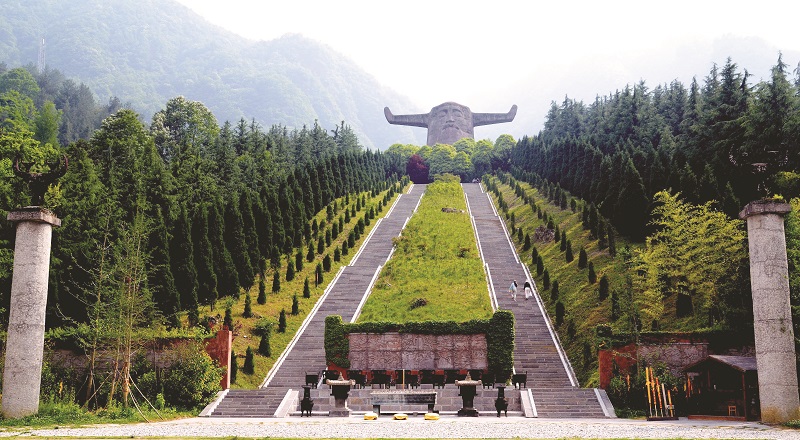Culture
Updated:2022-09-21 Source:Shennongjia National Park

Shennongjia is named after the legend that Yan Emperor Shennong, the ancestor of China, tasted all kinds of herbs by erecting wood ladders here. It is the intersection of the four major types of culture of the Chinese nation, to the west, east, north and south of which are the Qin and Han culture, the Chu culture, the Shang culture, and the Ba-Shu culture, respectively. The legend of Shennong has a long history, and the legend of the Wildman (Bigfoot) is well-known at home and abroad. The Legend of the Dark (Heianzhuan) is praised as the “living epic” of the Chinese nation and the “mythical epic of the Han ethnic group”. Together with the Legend of Shennong, it is included in the list of national intangible cultural heritage. The Tujia labor folksong during busy farming seasons, the traditional folk opera and shadow play at Xiaguping, the folk embroideries of Tangfang and the ceremony of offering sacrifice to Shennong in the Shennongjia National Park have been listed as the provincial intangible cultural heritage of Hubei. The simple and mysterious folk customs of more than 10 ethnic minorities enrich the cultural forms and connotations of Shennongjia National Park, which are a “living laboratory” for exploring the Chu culture and the regional culture.
Copyright Shennongjia National Park
Address:36 Chulin Road, Muyu Town, Shennongjia Forestry District, Hubei Province 鄂ICP备18005077号-3
Address:36 Chulin Road, Muyu Town, Shennongjia Forestry District, Hubei Province 鄂ICP备18005077号-3
Email:2673990569@qq.com
Phone:0719-3453368
Phone:0719-3453368


TOP

